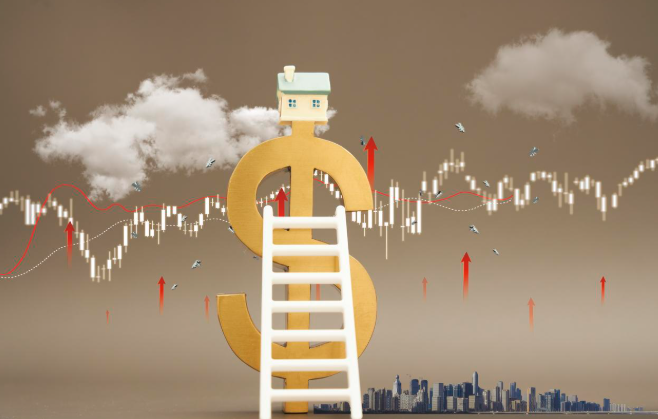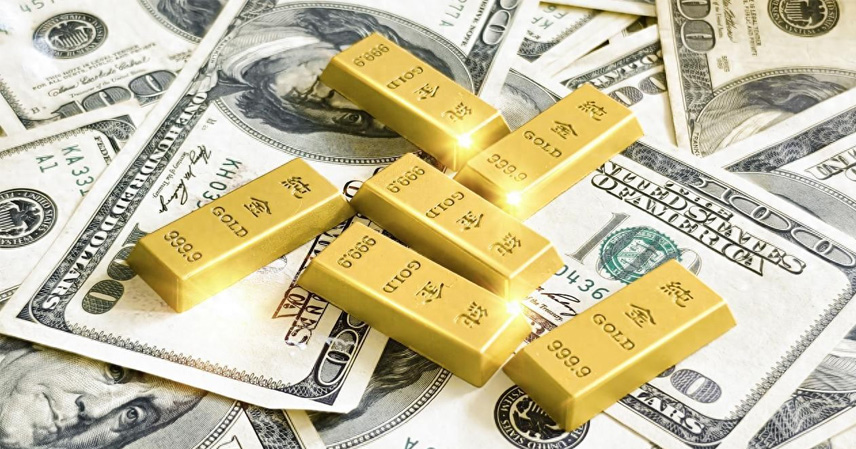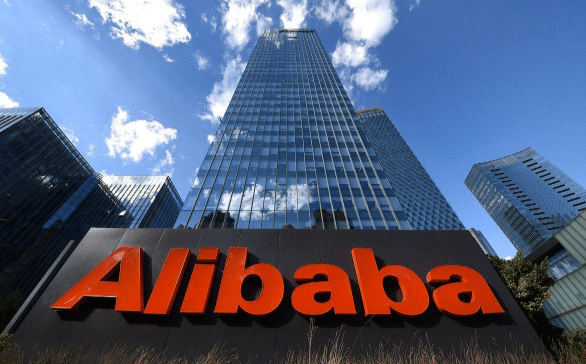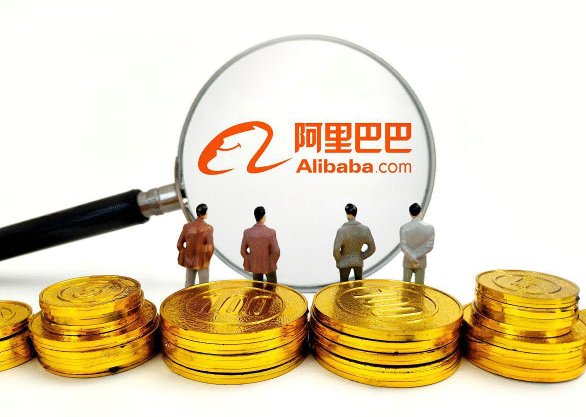In October 2025, China’s gold market reached a historic milestone. Branded jewelry prices exceeded ¥1,100 per gram, while spot prices held steady above ¥750 per gram, closely mirroring the international price surge past $3,900 per ounce — both setting all-time highs. This year-long rally is not a temporary spike but the inevitable result of intersecting geopolitical and macroeconomic risks.
Global geopolitical shocks have been a major driver. The U.S. government shutdown raised fears over policy continuity, while Trump’s renewed global tariff plan added inflationary pressure. Political instability in France and Japan, combined with Middle Eastern tensions and Eastern European military movements, further fueled global risk aversion. As one Dubai commodities trader aptly noted, “When uncertainty rises, capital always flows to the safest assets — and right now, gold stands alone.”
On the monetary front, shifting policies provided direct support. The Federal Reserve’s rate cuts, triggered by slowing growth and rising debt, ushered in an extended low-interest environment expected to last through 2026. Declining real interest rates have greatly reduced the opportunity cost of holding gold. Moreover, concerns over U.S. debt and the “weaponization of the dollar” have weakened confidence in the greenback. Under the ongoing de-dollarization trend, central banks have been aggressively accumulating gold, with 2025’s net global purchases projected to reach 80 tons — 19% driven by emerging markets. Goldman Sachs has raised its forecast, predicting gold could hit $4,900 per ounce by the end of 2026, further strengthening the bullish outlook.

In China, the gold market exhibits a unique dual nature — both consumption and investment. The Shanghai Gold Exchange’s Gold T+D contracts gained 1.68% year-to-date, outpacing London spot gold’s 0.63%. Retail and institutional investors alike are increasing exposure. UBS warned that China’s “suppressed demand” has yet to be fully released. Combined with RMB exchange rate fluctuations and central bank purchases, this has created a notable domestic price premium.
Divergent Strategies: Gold Bulls vs. Property Loyalists
The inverse correlation between gold and real estate has split investors into two extremes — those selling property to buy gold, and those selling gold to buy property — reflecting differing perceptions of risk and return.
1. Betting on Gold: Extreme Hedging Against Risk
A striking case illustrates this mindset: a Beijing investor who sold his apartment six years ago for ¥10 million and bought 38 kilograms of gold at ¥265 per gram. By 2024, he sold the gold at ¥646 per gram, repurchased his home for ¥8 million, and still pocketed ¥16 million in profit. Such success stories have inspired others to liquidate real estate holdings to ride the gold rally.
The rationale behind this strategy centers on three beliefs:
- Concerns over the housing downturn — as China’s property market shows widening divergence, second- and third-tier cities face oversupply and falling prices.
- Long-term confidence in gold — with institutional optimism and sticky central bank demand, investors see more upside ahead.
- Liquidity advantage — gold can be sold far faster than real estate, allowing swift portfolio adjustments during uncertain times.
2. Selling Gold for Real Estate: Faith in Tangible Assets
Conversely, some investors have gone the opposite way, even selling gold at record highs to buy property. Their logic stems from the intrinsic utility of real estate.
- Housing demand remains fundamental, supported by urbanization and demographic shifts.
- Inflation protection and rental income make property a productive asset, unlike gold, which yields no cash flow.
- Policy support — such as relaxed mortgage rules and lower down payments — provides a safety cushion.
- However, risks persist. One investor who sold 200 grams of gold in 2021 to buy a ¥1.4 million property saw its value drop to ¥900,000, missing the gold rally and facing a “double loss.” This underscores the need for rational, research-based decisions, not trend chasing.
Weighing the Two: Different Assets, Different Purposes
While both strategies have attracted attention, the key for average investors lies in understanding the fundamental nature of each asset.
Gold’s strength lies in its liquidity and safe-haven value, offering protection against geopolitical shocks, currency depreciation, and policy uncertainty. Yet its limitations — no yield, opportunity costs, and short-term volatility — cannot be ignored. Technically, gold’s RSI indicators suggest it has entered an “overbought zone,” signaling short-term correction risks.
Real estate, on the other hand, combines tangible value with steady cash flow. Properties in core urban areas with population inflows retain long-term value and rental resilience. But the drawbacks — illiquidity, high transaction costs, and policy dependence — make housing a less flexible asset. As experts note, the “buy-anything-and-profit” era is over; only compact, high-rental units in prime locations hold defensive value in 2025’s market.

Conclusion: Diversification Is the New Imperative
The 2025 investment landscape has ended the era of one-way bets. The simultaneous gold boom and housing divergence both point to the same truth: there is no perfect asset, only balanced portfolios.
Investors should abandon “either-or” thinking and pursue diversified allocation:
- Keep 3–6 months of emergency cash for liquidity security.
- Enter the housing market selectively — focus on core city properties with rental yields covering mortgage payments.
- Hold 10–20% in gold as a portfolio stabilizer, ideally via ETFs to reduce storage costs.
- Allocate a portion to equities or funds to capture long-term economic growth.
As analysts emphasize, the roles of gold and real estate shift with the economic cycle. In a world shadowed by stagflation and geopolitical risks, gold remains the ultimate safe haven, while real estate enters a rational value era. The essence of smart investing lies not in predicting one asset’s short-term rise but in understanding cycles, spreading risk, and finding certainty amid uncertainty.
References:
- Data from Shanghai Gold Exchange, UBS, and Goldman Sachs forecasts.
- Market analysis from Reuters, Bloomberg, and institutional commentaries.



